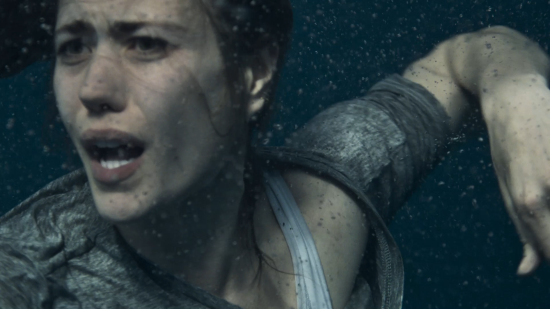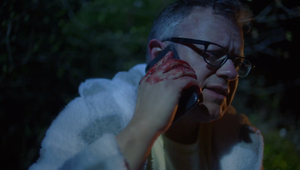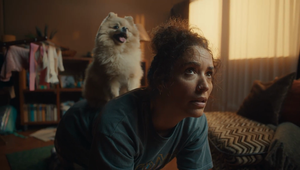
Jungle Studios Compose High-impact Sound for RNLI to Raise Awareness of Deep Water Survival

Around 190 people die in British and Irish waters each year. Almost half never intended to enter the water. Everyone who falls unexpectedly into cold water wants to follow the same instinct, to swim hard. But if you float until the cold water shock passes, you will have a better chance of survival.
The Royal National Lifeboat Institution (RNLI) asks you to ‘Fight your instincts, not the water’ in a hard-hitting and thought provoking spot, which aims to communicate one key survival skill – floating – as part of the charity’s 'Respect the Water' drowning prevention campaign.
Created by Krow, the film brings to life the experience of cold water shock with people swimming hard and panicking in an attempt to survive. It ends with an image of a sea of people floating to survive.
Jim Griffin at Jungle Studios was tasked with creating the sound scape. His brief was to use sound design to maximise the impact of the images and make the spot feel as scary and perilous as possible. “People needed to feel like they were there” said Jim. “They needed to feel like they wanted to pop their ears when watching the underwater shots.”
To achieve this there needed to be a clear distinction between the surface and underwater scenes.
Jim created this contrast by using extreme EQ in the underwater scenes to give a muffled feel. He then added a lot of top-end textures to the surface scenes to differentiate the sound. An example of this was highlighting splashing movements with white noise.

Images in the film depicted a lot of coughing, spluttering and choking. “Because the shoot was in a huge water tank most of the sound would have been too echoey to use so there was a limited amount of location audio available” said Jim. To get some of the noises he wanted, Jim used a hydrophone – a microphone which detects sound waves underwater. “This worked well but did mean that I spent a long time with my head in a large bucket of water” said Jim. It was worth it though as it heightens the power of the image.
These sounds were then dubbed onto the images. This provided a challenge though, “I soon found out that unless treated correctly these sorts of noises can sound quite comedic, which of course, in a piece as serious as this, is not what you want.” Jim corrected this using reverb and EQ.
The final element was to balance the mix. “The creatives wanted the music and sound design to be very prominent in the mix” said Jim. The voice over, Game of Thrones' Liam Cunningham, had a deep voice. To counteract this, the mix needed to be carefully adjusted.
Despite the challenges the end result is a high-impact and hard-hitting film that uses sound to deliver the emotion of the spot.

















